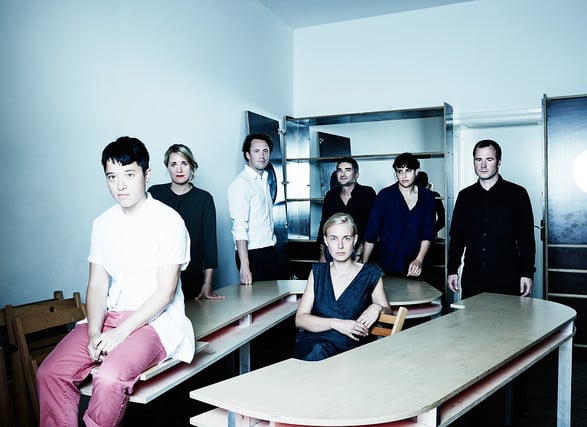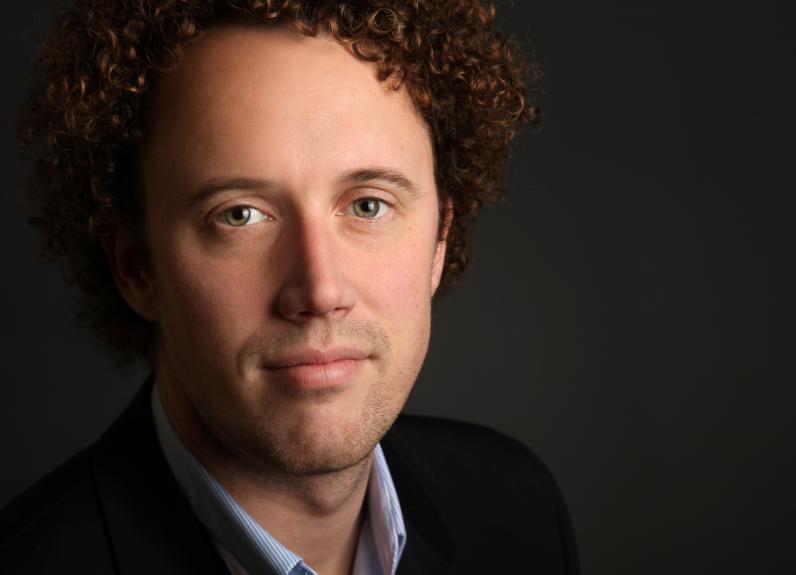Art World
Berlin’s KW Institute for Contemporary Art Gets its Budget Doubled
The legendary Pogo Bar in the institute's basement will reopen next year.

The legendary Pogo Bar in the institute's basement will reopen next year.

Hili Perlson

Berlin’s KW Institute for Contemporary Art is about to enter a thrilling new phase. Speaking to a small group of journalists last night, KW’s new director Krist Gruijthuijsen introduced his program and vision for 2017 at the institute’s Dan Graham-designed glass pavilion.
Following a short construction period that will radically rethink the main entrance to the refurbished 19th Century margarine factory—finally carving out a space for a bookstore, cafeteria, and a much-needed cloakroom—the institution will reopen on January 20, 2017 with an ambitious schedule of roughly one opening per month.
Gruijthuijsen (pronounced Groyt-Hoysen), described his program as “artist-driven”, devising exhibitions that will focus on artists and their work rather than on curatorial theses and thematic group shows. The inaugural roster for 2017 will pay tribute to the work of Ian Wilson, exploring language and communication with solo exhibitions by artists such as spoken-poetry artist Hanne Lippard, graphic designer Paul Elliman, and conceptual artist Adam Pendelton.

Krist Gruijthuijsen Photo: courtesy Grazer Kunstverein
Understanding the role of KW as an ersatz Kunsthalle for a city that doesn’t have one, Gruijthujisen will highlight the work of artists living in Berlin, and will strengthen connections between local non-profit institutions through collaborations.
Artist Jason Dodge will organize a group exhibition that revisits the practice and writing of “artists’ artist” Ronald Jones, whose conceptual works on themes such as violence and fear gain new relevance in today’s political environment. Other highlights include a show dedicated to Hiwa K, and a survey of video works by de Rijke / de Rooij, for which Willem de Rooij might create a new film work.
In addition to the main program—which also includes brief solo presentations in the five-day pauses between openings, starting with Anthony McCall—the storied KW will build on its 1990s Berlin heyday. Founded by Klaus Biesenbach in 1991, the building used to house an underground bar in its basement, called the Pogo Bar, where the occasional techno party would take place.
Gruijthuijsen will reintroduce the bar, albeit with a more official function: once a week, an artist or cultural worker will host an event at the resurrected and renamed Bob’s Pogo Bar. And since Berlin is only half the fun without its nightlife, there will also be an annual artists’ ball, held at different venues across the city.
The exciting and busy new program is possible by no small part thanks to a redoubling of the institution’s budget by the city senate. According to Gruijthuijsen, the remaining necessary funds will come from donations.
Since his appointment as director of the KW, the institute’s structure has been adjusted. Previously, the director would be responsible for both the institution and the Berlin Biennale. Now, the role has been separated, and while the KW remains the commissioning body of the biennial exhibition, as well as its main location, Gabrielle Horn will continue to serve as the biennale’s director.